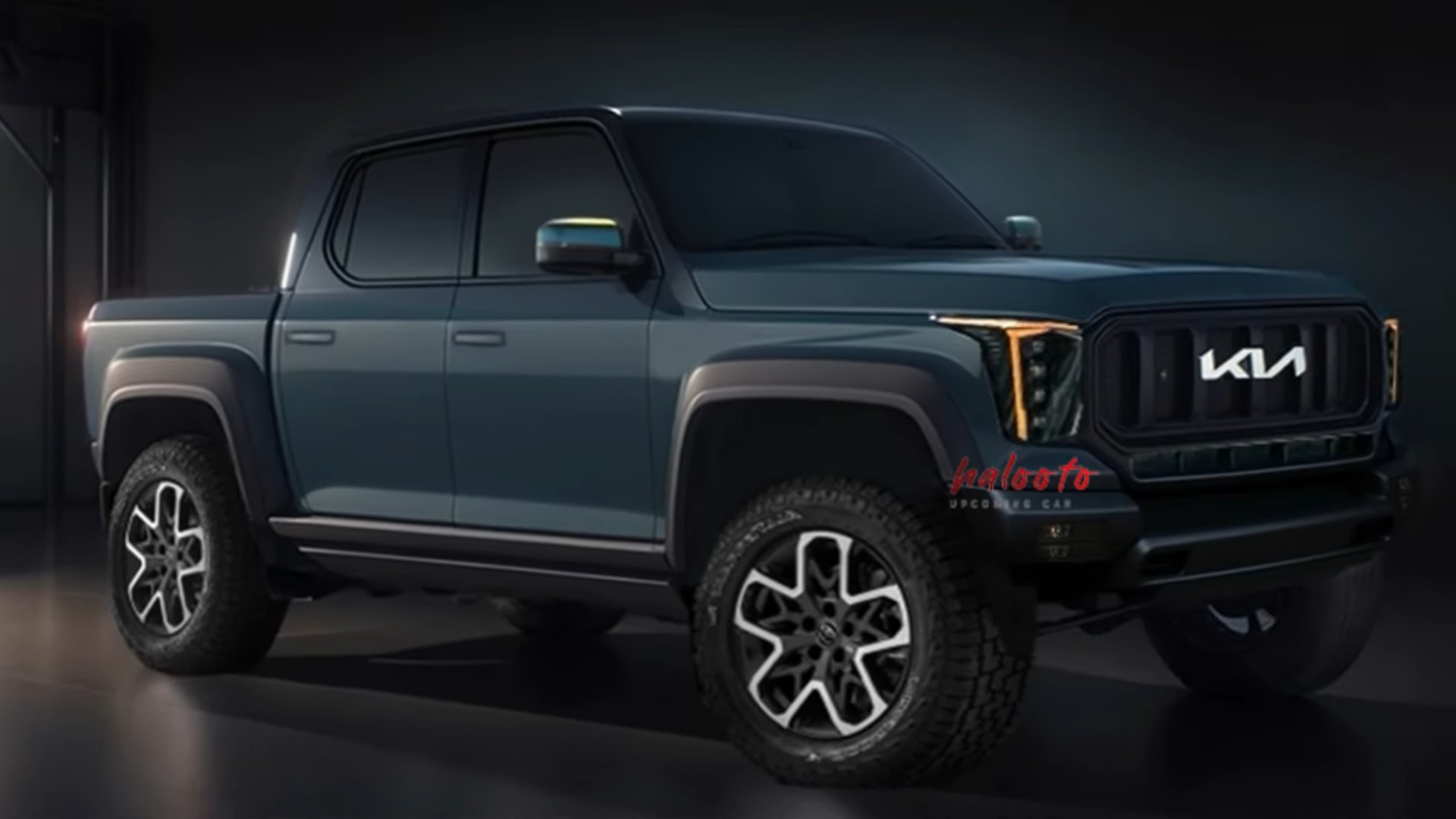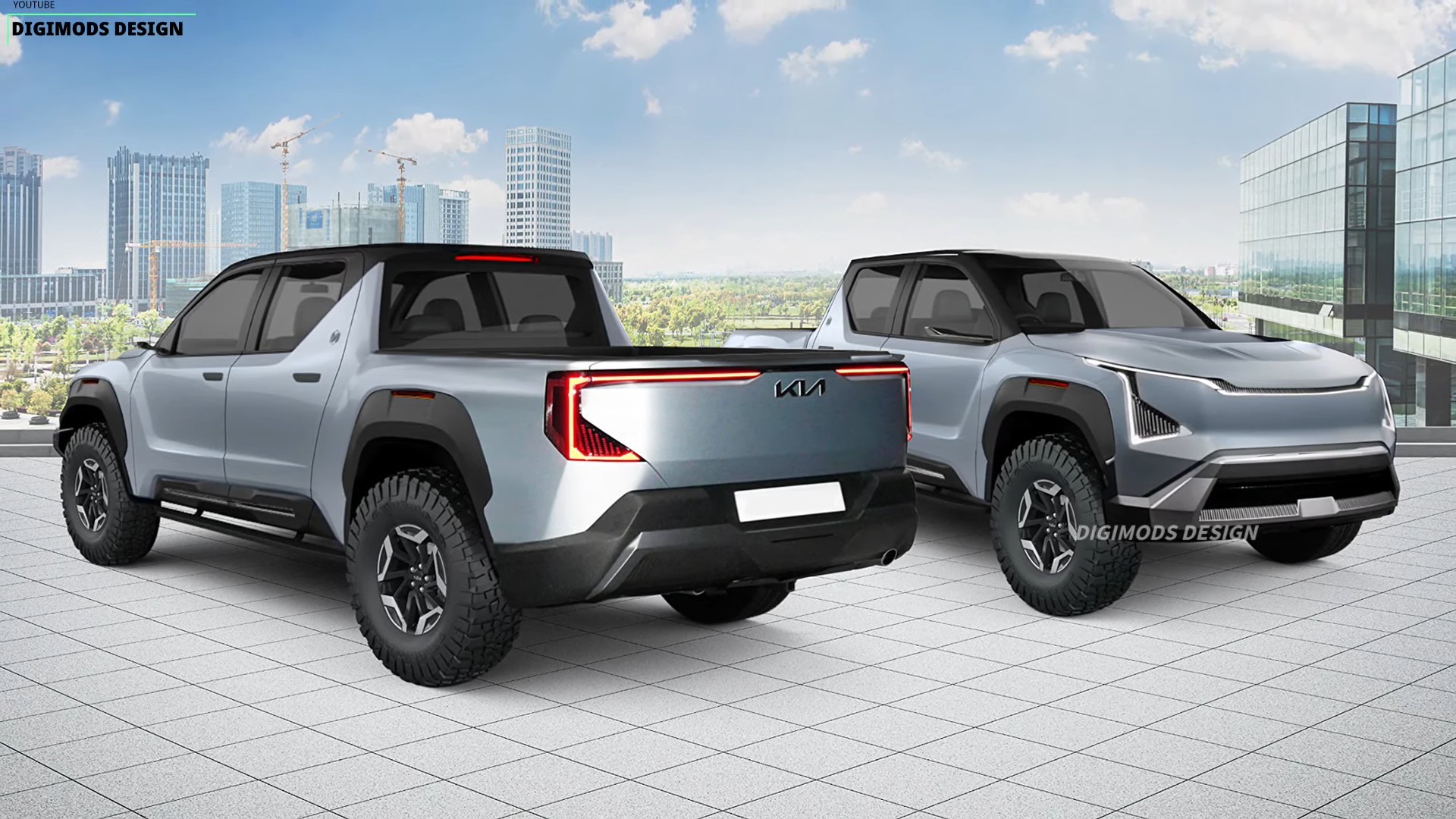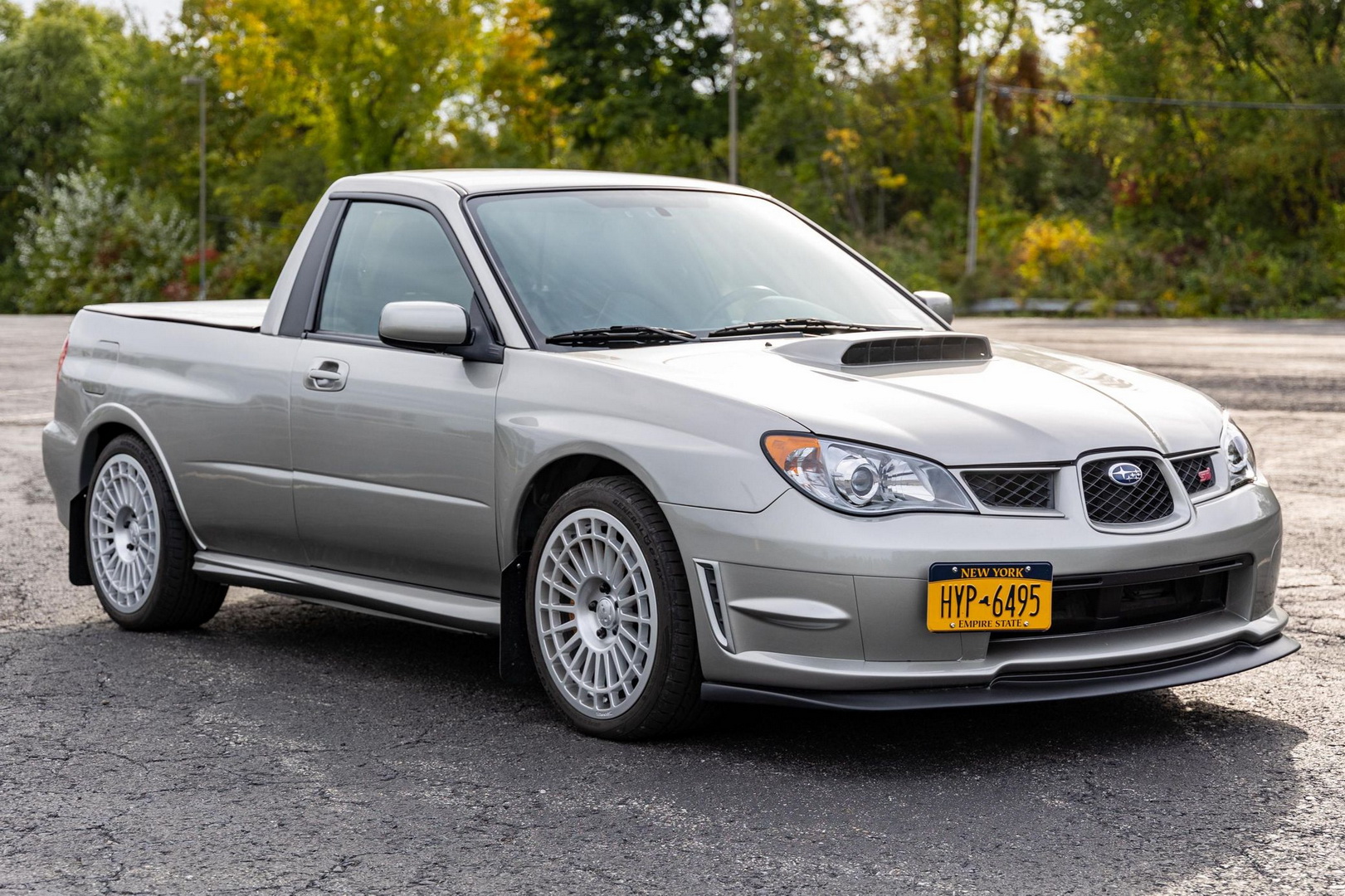Pickup Trucks Steps: Your Comprehensive Guide to Enhanced Accessibility, Safety, and Style pickup.truckstrend.com
The modern pickup truck is more than just a workhorse; it’s a family vehicle, an adventure companion, and a statement of personal style. With their ever-increasing stature, accessing these formidable machines can sometimes be a challenge, especially for shorter individuals, children, the elderly, or anyone with mobility limitations. This is where pickup truck steps come into play. Far from being a mere aesthetic accessory, these crucial additions enhance accessibility, bolster safety, protect your vehicle, and contribute significantly to its overall utility and appeal.
This comprehensive guide will delve into everything you need to know about pickup truck steps, from their fundamental importance to the diverse types available, installation insights, and essential maintenance tips.
Pickup Trucks Steps: Your Comprehensive Guide to Enhanced Accessibility, Safety, and Style
The Essential Role of Pickup Truck Steps
At its core, a pickup truck step is a platform or bar mounted along the side of a truck, beneath the doors, designed to provide an easier and safer means of entering and exiting the vehicle. But their utility extends far beyond simple ingress and egress:
- Enhanced Accessibility: For trucks with higher ground clearance, especially lifted models, climbing in can be a chore. Steps provide a crucial intermediate platform, making it effortless for anyone to get in or out. This is particularly beneficial for families with young children or individuals who may find a direct step up challenging.
- Improved Safety: Slipping while entering or exiting a truck, especially in wet, muddy, or icy conditions, is a real risk. Steps, often equipped with textured surfaces or non-slip treads, offer secure footing, significantly reducing the chance of accidents.
- Vehicle Protection: Steps act as a barrier, shielding your truck’s rocker panels and lower body from road debris, gravel, and mud thrown up by tires. In parking lots, they can even offer a degree of protection against minor door dings from adjacent vehicles. For off-road enthusiasts, specialized steps like rock sliders provide robust protection against rocks and obstacles.
- Access to Truck Bed and Roof: While primarily for cab access, some longer step designs or specific individual steps can provide a convenient boost for reaching items in the truck bed or accessing roof-mounted cargo, such as racks or kayaks.
- Aesthetic Enhancement: Beyond their practical benefits, steps can dramatically alter a truck’s appearance, adding a touch of ruggedness, sophistication, or sportiness, depending on the chosen style and finish.

Types of Pickup Truck Steps
The market offers a wide array of pickup truck steps, each designed with specific functionalities, aesthetics, and user needs in mind. Understanding the differences is key to making an informed choice:
1. Running Boards
- Description: Running boards are typically wide, flat platforms that run the length of the truck’s cab. They often have a more integrated, factory-like appearance.
- Materials: Common materials include aluminum, steel, fiberglass, and even high-grade ABS plastic. They come in various finishes like chrome, polished aluminum, or black powder coat.
- Features: Many feature full-length non-slip treads, providing ample foot placement. Some higher-end models may include integrated LED lighting for added visibility at night.
- Best For: General accessibility, family vehicles, and those seeking a clean, integrated look.


2. Nerf Bars (Tube Steps)
- Description: Named for their tubular design (similar to nerf footballs), nerf bars are round or oval-shaped tubes that provide individual stepping pads for each door. They offer a more rugged, aggressive look compared to running boards.
- Materials: Most commonly made from stainless steel (polished or black) or mild steel with a durable powder-coated finish for corrosion resistance.
- Features: Available in various diameters (e.g., 3-inch, 4-inch, 6-inch) and configurations (cab-length, wheel-to-wheel). Stepping pads are typically welded or bolted onto the tubes.
- Best For: Off-road enthusiasts, those who prefer a minimalist or rugged look, and individuals prioritizing durability.
3. Hoop Steps / Individual Steps
- Description: These are compact, individual steps designed for specific entry points, often featuring a single, strong mounting post. They are less common as primary cab steps but are excellent for targeted access.
- Features: Can be installed at specific door locations or even in front of the truck bed to aid in reaching cargo. They are often highly durable and less prone to damage than full-length steps.
- Best For: Specific access needs, such as reaching tools in a truck bed toolbox or complementing existing steps.
4. Electric / Retractable Steps (Power Steps)
- Description: The pinnacle of convenience and stealth, electric steps automatically deploy when a door opens and retract cleanly out of sight when the door closes.
- Materials: Typically constructed from robust aluminum or steel, often with durable finishes.
- Features: Operated by an electric motor, these steps offer a seamless experience. When retracted, they maintain the truck’s clean lines and maximize ground clearance, making them popular for both luxury trucks and off-road vehicles. They often include integrated LED lighting.
- Best For: Premium vehicles, owners prioritizing aesthetics and convenience, and those who need maximum ground clearance when not using the steps. Brands like AMP Research are leaders in this category.
5. Rock Sliders with Steps
- Description: A hybrid solution, rock sliders are heavy-duty steel bars designed primarily to protect the truck’s rocker panels from damage during off-road excursions. Many designs incorporate a kick-out or a flat top surface that doubles as a functional step.
- Materials: Almost exclusively heavy-gauge steel, often powder-coated for corrosion resistance.
- Features: Frame-mounted for maximum strength, they are built to withstand significant impact. While providing a step, their primary function remains protection.
- Best For: Serious off-roaders who need both vehicle protection and a convenient step.
Benefits of Installing Pickup Truck Steps
The advantages of adding steps to your pickup truck are multifaceted and significant:
- Unparalleled Accessibility: This is the most immediate and obvious benefit. Steps transform the act of entering and exiting a tall truck from a climb into a comfortable stride.
- Enhanced Safety Profile: By providing a stable, non-slip platform, steps drastically reduce the risk of slips, trips, and falls, particularly in adverse weather conditions or for those with balance concerns.
- Crucial Vehicle Protection: Steps act as a first line of defense. They deflect road debris, mud, and small stones from hitting and damaging your truck’s rocker panels and lower doors. In tight parking situations, they can absorb minor impacts, protecting your paintwork.
- Boosted Aesthetic Appeal: A well-chosen set of steps can complete the look of your truck, adding a sense of ruggedness, sportiness, or luxury that complements its overall design. They can make a stock truck look more customized and capable.
- Potential Resale Value: A truck equipped with practical and attractive accessories like quality steps can be more appealing to potential buyers, potentially contributing to a higher resale value.
Choosing the Right Steps for Your Truck
Selecting the perfect steps requires careful consideration of several factors:
- Vehicle Compatibility: This is paramount. Steps are almost always vehicle-specific, designed to fit the exact make, model, year, and cab configuration (e.g., crew cab, extended cab, regular cab) of your truck.
- Intended Use:
- Daily Driver/Family Vehicle: Running boards or standard nerf bars offer excellent general accessibility.
- Off-Roading: Rock sliders with steps are ideal for protection, while power steps provide clearance when retracted.
- Heavy Hauling/Work Truck: Durable nerf bars or robust running boards can withstand frequent use and potential impacts.
- Material and Finish: Consider durability, corrosion resistance, and how the finish complements your truck. Stainless steel offers excellent corrosion resistance and a polished look, while powder-coated mild steel provides a durable black finish.
- Mounting System: Most steps are "bolt-on," meaning they attach to existing holes in your truck’s frame or body, requiring no drilling. Some heavy-duty options, especially rock sliders, might require minor drilling for optimal strength. Ensure the mounting system is robust and secure.
- Budget: Prices vary significantly based on type, material, brand, and features. Set a realistic budget before you start shopping.
- Style Preference: Ultimately, choose a style that you find aesthetically pleasing and that matches your truck’s personality.
Installation Guide & Maintenance Tips
While professional installation is always an option, many bolt-on pickup truck steps are designed for the DIY enthusiast.
General Installation Steps (for bolt-on steps):
- Read the Instructions: Every step kit comes with specific instructions. Read them thoroughly before beginning.
- Gather Tools: You’ll typically need a set of wrenches or sockets, a torque wrench, and possibly a floor jack or stands for easier access underneath.
- Identify Mounting Points: Your truck’s frame or body will have pre-drilled holes or threaded inserts where the step brackets attach. Clean any rust or debris from these points.
- Attach Brackets: Secure the mounting brackets to the identified points on your truck. Hand-tighten all bolts initially.
- Mount the Steps: With the brackets in place, carefully lift and attach the step bars or running boards to the brackets. Again, hand-tighten all fasteners.
- Adjust and Align: Once all components are loosely attached, adjust the steps to ensure they are level, evenly spaced from the truck, and aesthetically pleasing.
- Torque Bolts to Spec: Using your torque wrench, tighten all bolts to the manufacturer’s specified torque settings. This is crucial for safety and durability.
- For Power Steps: Installation is more complex, involving electrical wiring connections to the truck’s power system and door sensors. Unless you are experienced with automotive electrical work, professional installation is highly recommended for power steps.
Maintenance Tips:
- Regular Cleaning: Wash your steps regularly with soap and water, especially if you live in areas with road salt or frequent mud/dirt. This prevents build-up and corrosion.
- Inspect Fasteners: Periodically (e.g., every few months or after heavy off-roading), check all mounting bolts and nuts for tightness. Vibrations can cause them to loosen over time.
- Lubricate Moving Parts (Power Steps): For electric steps, consult the manufacturer’s guide for lubrication points on hinges and motors. Keep these components free of dirt and debris.
- Inspect for Damage: After off-roading or any significant impact, inspect your steps for bends, cracks, or severe scratches. Address these promptly to prevent further damage or corrosion.
- Touch Up Finishes: For powder-coated steps, minor chips can be touched up with appropriate paint to prevent rust.
Common Challenges and Solutions
While generally straightforward, some challenges can arise with pickup truck steps:
- Rust and Corrosion:
- Challenge: Especially in areas with harsh winters or coastal environments, steel steps can rust.
- Solution: Invest in stainless steel or high-quality powder-coated mild steel. Regular cleaning and applying protective waxes or polishes can also help.
- Loose or Rattling Steps:
- Challenge: Bolts can loosen over time, leading to steps that wobble or rattle.
- Solution: Regularly check and re-torque all mounting bolts. If the problem persists, inspect the brackets for damage or consider professional re-installation.
- Reduced Ground Clearance:
- Challenge: Most steps hang below the truck’s frame, reducing ground clearance, which can be an issue for serious off-roaders.
- Solution: For off-roading, choose rock sliders that tuck up tight, or opt for power steps that retract completely out of the way.
- Damage from Impacts:
- Challenge: Standard steps are not designed to withstand heavy impacts from rocks or curbs.
- Solution: If you frequently encounter such obstacles, invest in heavy-duty rock sliders, which are built for protection.
- Electrical Issues (Power Steps):
- Challenge: Wiring problems, blown fuses, or motor malfunctions can prevent power steps from deploying.
- Solution: Check fuses first. If the problem persists, consult a qualified automotive electrician or the step manufacturer’s troubleshooting guide.
Pickup Truck Steps: Estimated Price Table
Prices for pickup truck steps can vary widely based on brand, material, specific vehicle fitment, and features. The table below provides general estimated price ranges (USD) for common types of steps. Installation costs are typically separate and can range from $100-$500, especially for complex power steps.
| Step Type | Material Options | Estimated Price Range (USD) | Key Features & Considerations |
|---|---|---|---|
| Running Boards | Aluminum, Steel, ABS Plastic, Fiberglass | $150 – $600 | Wide, flat step surface; integrated look; good for general accessibility; various finishes (chrome, black, polished). |
| Nerf Bars (Tube Steps) | Stainless Steel, Mild Steel (Powder-Coated) | $200 – $700 | Round or oval tube design; rugged appearance; individual step pads; often more durable than basic running boards; various diameters. |
| Hoop Steps / Individual Steps | Steel, Aluminum | $100 – $300 (per pair/set) | Compact and specific entry points; ideal for targeted access (e.g., truck bed); often single-post mount; highly durable. |
| Electric / Retractable Steps | Aluminum, Steel (often with robust coatings) | $1,000 – $2,000+ | Automatic deployment/retraction; clean, factory look when retracted; premium convenience; typically include LED lighting. |
| Rock Sliders with Steps | Heavy-Duty Steel (Powder-Coated) | $500 – $1,500+ | Dual-purpose: extreme off-road protection & step; frame-mounted for maximum strength; designed to withstand significant impacts. |
Disclaimer: Prices are approximate and can fluctuate significantly based on brand reputation, vehicle-specific design, material quality, additional features (e.g., lighting), and retail outlet. These figures do not include potential installation costs.
Frequently Asked Questions (FAQ) about Pickup Truck Steps
Q1: Are pickup truck steps universal, or do I need specific ones for my truck?
A1: No, steps are not universal. You absolutely need steps that are specifically designed for your truck’s exact make, model, year, and cab configuration (e.g., Ford F-150 Crew Cab 2023). This ensures proper fitment and safe mounting.
Q2: Can I install pickup truck steps myself?
A2: Many bolt-on running boards and nerf bars are designed for DIY installation with basic hand tools, as they typically use existing mounting points on the truck’s frame. However, power steps with electrical wiring usually require professional installation unless you have experience with automotive electrical systems. Always follow the manufacturer’s instructions carefully.
Q3: What’s the main difference between running boards and nerf bars?
A3: Running boards are generally wider and flatter, offering a larger step surface and often a more integrated, streamlined appearance. Nerf bars are typically tubular (round or oval) with individual stepping pads, providing a more rugged or minimalist look. Both serve the same primary function of providing a step.
Q4: Do truck steps reduce ground clearance?
A4: Yes, most traditional running boards and nerf bars will slightly reduce your truck’s ground clearance, as they extend below the frame. If ground clearance is a major concern (e.g., for serious off-roading), consider power steps that retract fully or heavy-duty rock sliders designed to tuck up tightly against the body.
Q5: How do I maintain my pickup truck steps?
A5: Regular cleaning with soap and water is essential, especially in areas prone to salt, dirt, or mud. Periodically check and re-tighten all mounting bolts to ensure they remain secure. For power steps, consult the owner’s manual for specific lubrication and electrical connection checks.
Q6: Are aftermarket steps covered by my truck’s warranty?
A6: Generally, aftermarket steps are not covered by your vehicle’s manufacturer warranty. However, the step manufacturer usually provides their own warranty for defects in materials and workmanship. If you purchase OEM (Original Equipment Manufacturer) steps directly from your truck’s dealer, they might be covered under the vehicle’s accessory warranty.
Q7: Can steps protect my truck from door dings in parking lots?
A7: To a certain extent, yes. Steps can act as a barrier against minor door dings from adjacent vehicles, as they protrude outwards. However, they are not designed as heavy-duty protection against significant impacts.
Conclusion
Pickup truck steps are more than just an add-on; they are a vital enhancement that significantly improves the functionality, safety, and aesthetics of your vehicle. From making daily commutes more comfortable for every passenger to protecting your truck’s body and adding a touch of personalized style, the benefits are clear.
By understanding the different types available, considering your specific needs and budget, and committing to proper installation and maintenance, you can choose the perfect steps to transform your pickup truck experience. It’s a relatively small investment that yields substantial returns in convenience, safety, and overall satisfaction for years to come.
